TechRadar Verdict
The K83 Wireless is a complete solution with a wonderful keyboard and handy trackpad. Its gaming potential is weak, but for everything else, it’s a strong offering.
Pros
- +
Ample connectivity options
- +
Excellent key feel
- +
Backlit secondary functions
- +
Sturdy and portable
Cons
- -
Small trackpad
- -
Chunky dongle
- -
Features vary by platform
- -
Limited gaming potential
Why you can trust TechRadar
Corsair has made a small keyboard curiously positioned to do just about everything. The K83 Wireless is a tenkeyless keyboard with a built-in trackpad, plenty of media control buttons. It even has an analog stick and triggers to imitate a game controller.
As a wireless peripheral, it supports Bluetooth connections for mobile devices and entertainment consoles while also offering lag-free wired and 2.4GHz connections. For all that, it doesn’t even feel like it has a premium price at $99 (about £75, AU$140).
A few of the best keyboards compete in a similar space, such as the $79 (£79, AU$99) Logitech K780, the far more expensive $199 (£179, AU$299) Logitech Craft, and the $129.99 (AU$209 / £124) Microsoft Modern Keyboard. Logitech also has the $99 (£99, AU$149) K830 that is the most similar to Corsair’s (even in name), but it’s a matter of plastic versus aluminum.
But, the K83 Wireless blends the keyboard, trackpad, analog stick, and a premium design into an all-in-one solution that these others don’t quite compete with. And, as long as you can look past its inability to really be a standalone gaming input device, it’s a delightful gadget for the price.
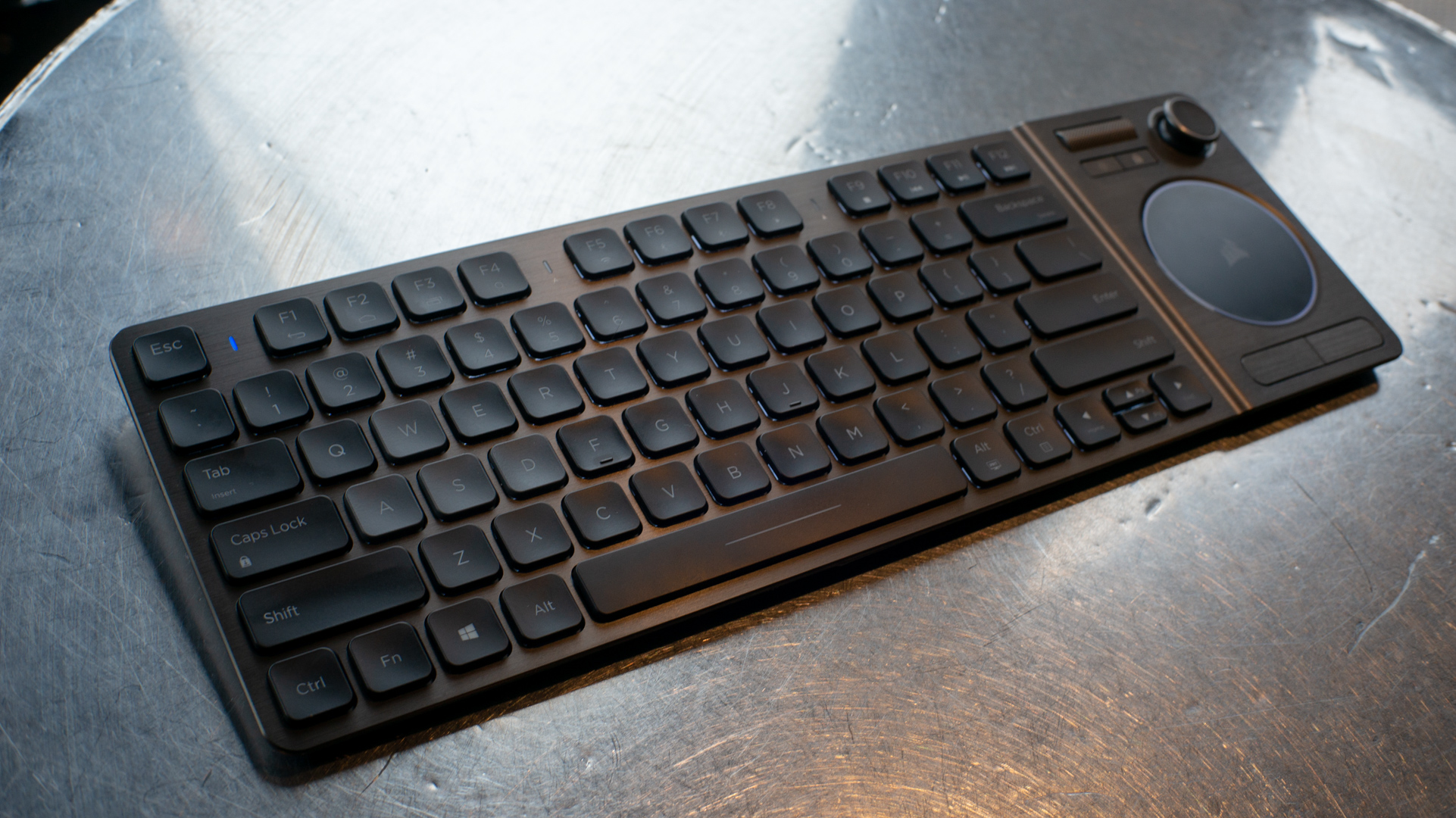
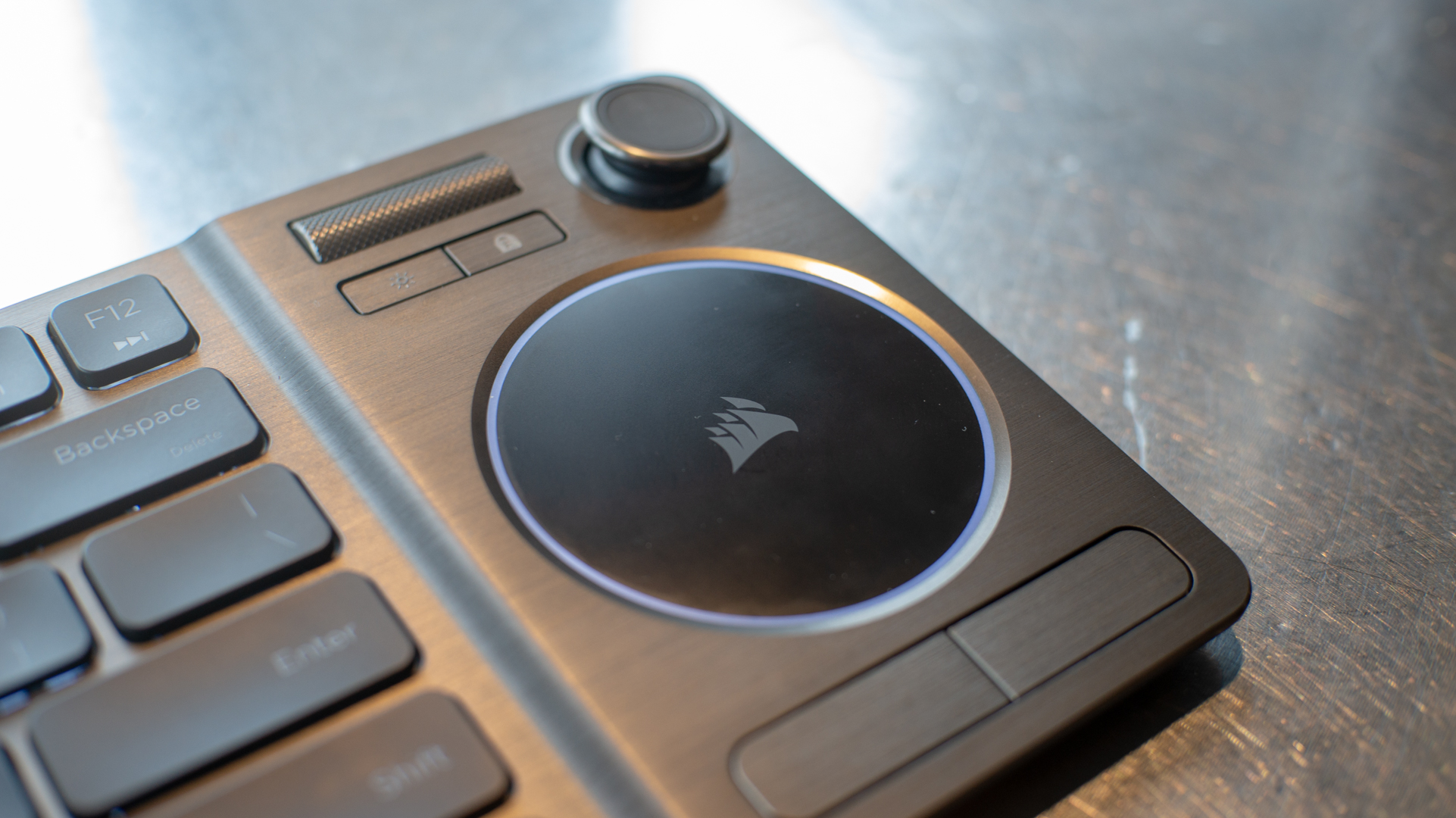
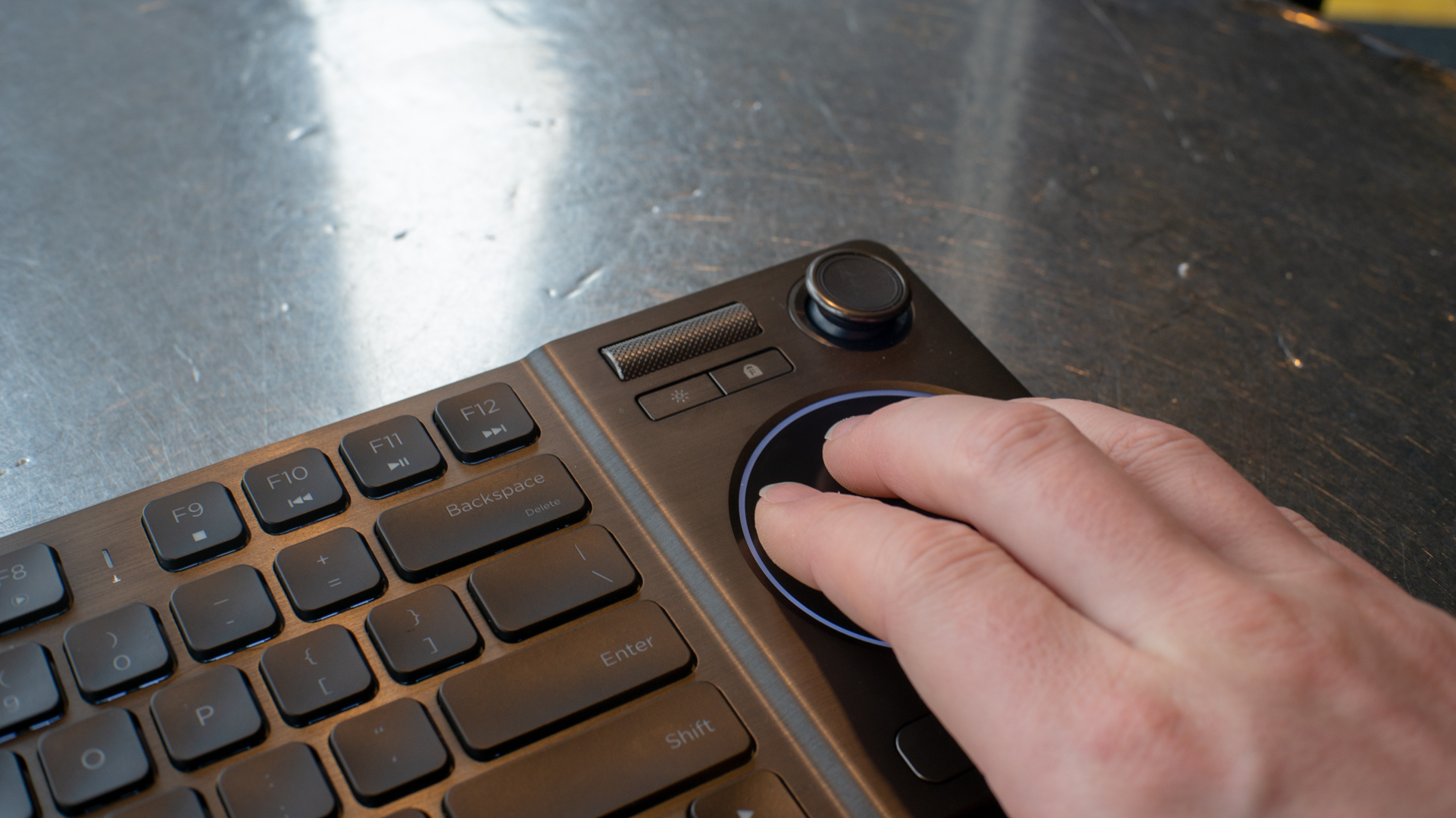
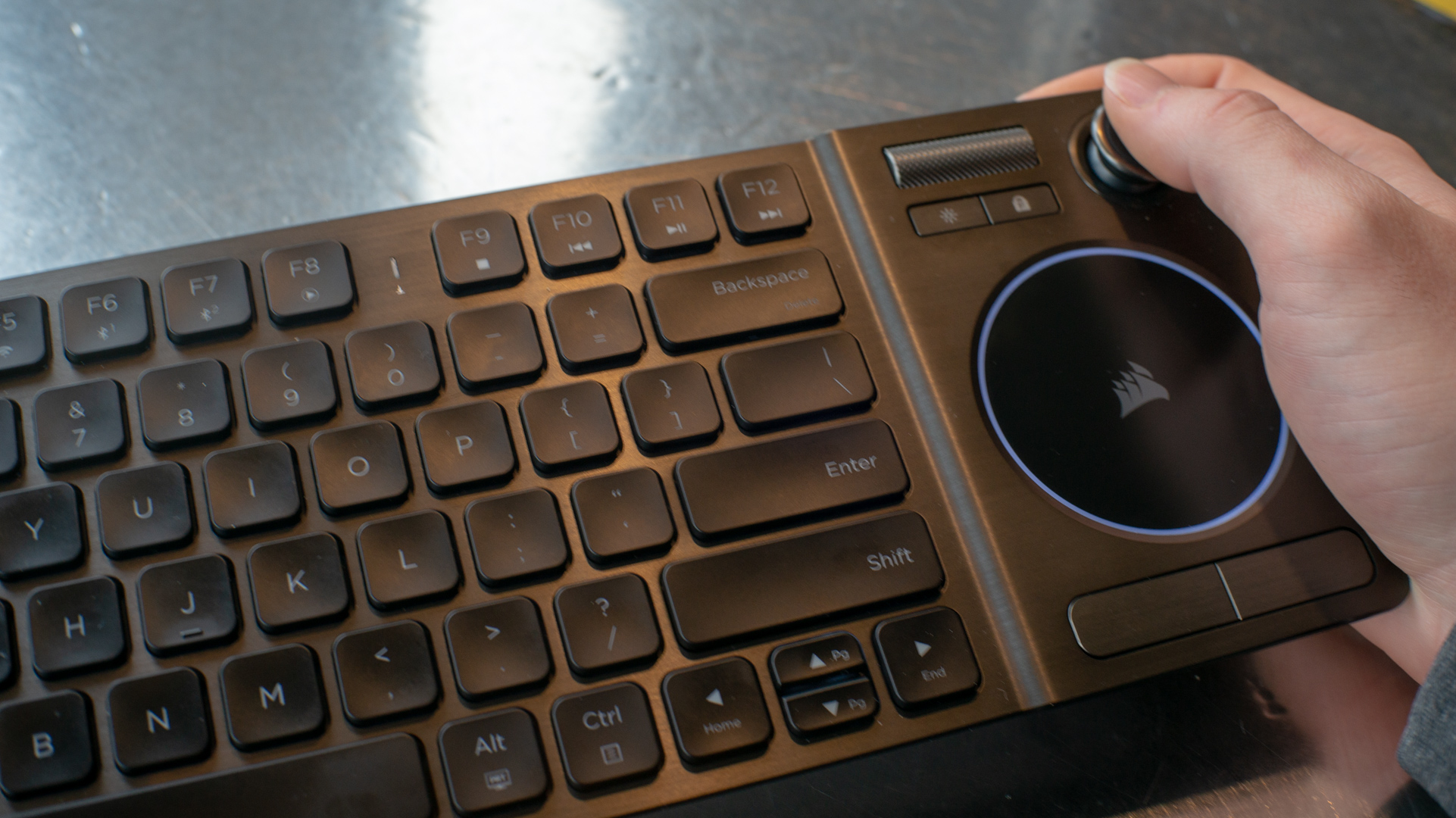
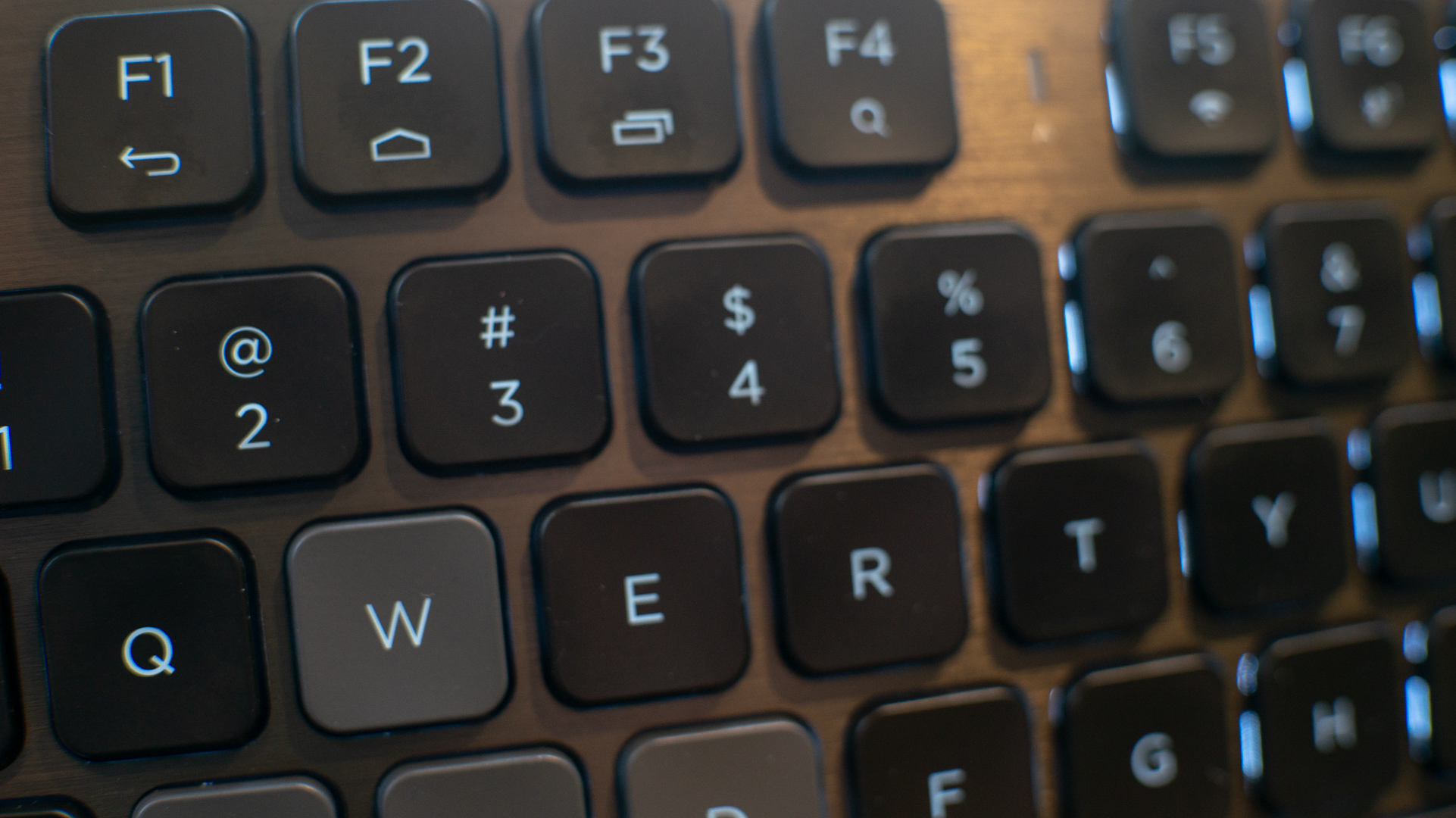
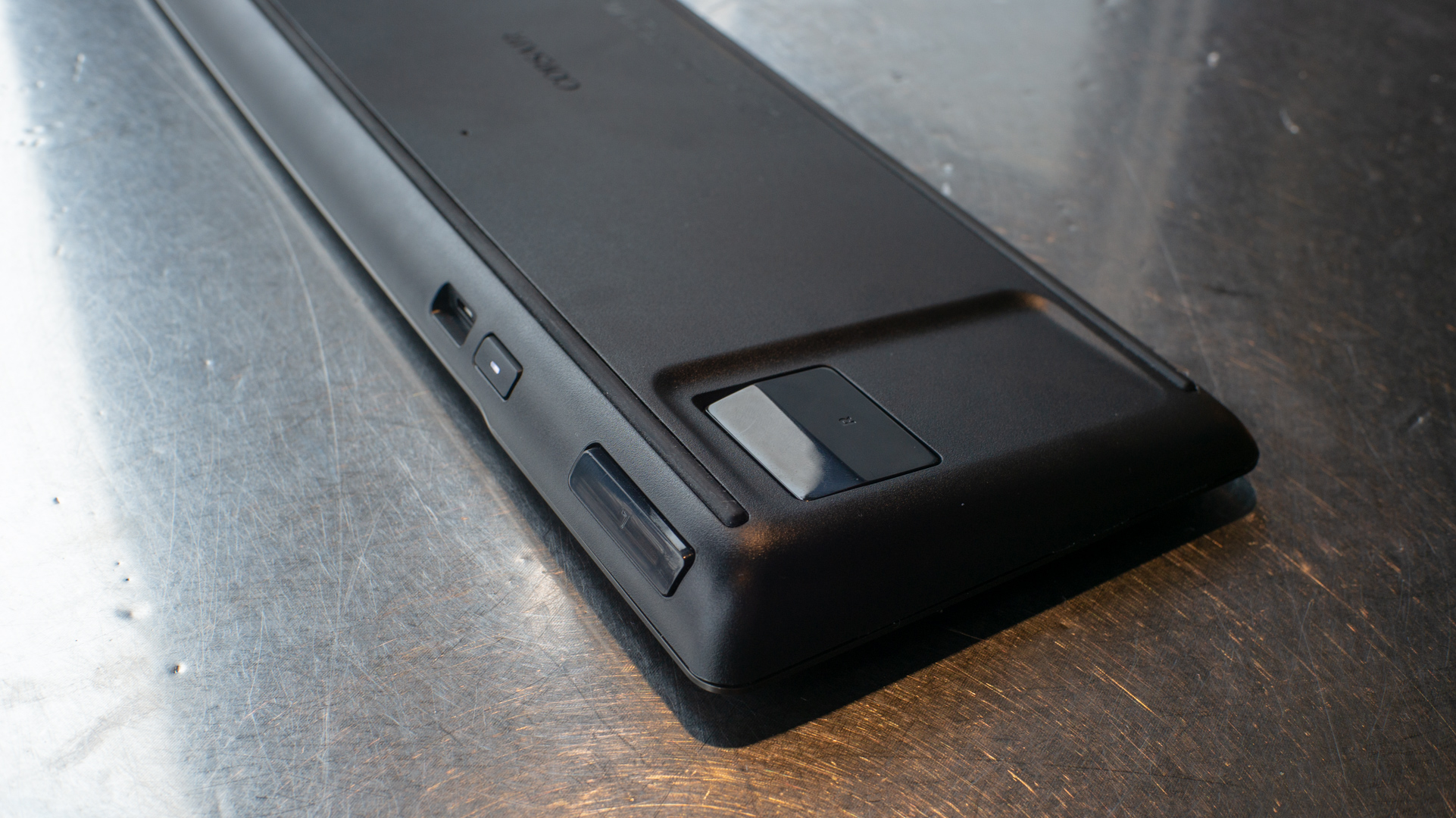
Design
The K83 does a solid job offering the keyboard and navigation essentials you need right on your lap. Although this full-sized keyboard lacks a number pad, it features all the media controls you could want, a multi-touch trackpad, and then it tacks on an analog stick.
The keys don’t have a deep actuation, but it’s not the lightest we’ve felt from a low-profile keyboard, And, they offer just enough resistance to make each keypress really pop. They’re also not wildly wiggly.
Though this keyboard is meant to control a media center, we can easily see bringing this with us on the go for a great lap keyboard and trackpad.
The K83 is almost obscenely light and the plastic on the back makes it feel cheap, but the second we flip it right-side up, it earns its premium status. The front plate is made of brushed aluminum that not only looks great, but also adds structural rigidity.
Like Bane trying to break Batman, we centered the keyboard on a single knee and put a little pressure on the sides to see if we would get much flex, and the K83 held up well. Could we break it? It’s very likely, but it probably wouldn’t be a casual accident.

The shape of the K83 actually matters a fair bit, since the right side of the keyboard can be held like a video game controller. The analog stick in the top right works together with a shoulder button and another button underneath the keyboard to act as a mouse/controller combo. Holding it feels is natural, though, it’s not exactly comfortable. We wouldn’t opt to play many games this way.
The trackpad is a bit small to support 4-finger gestures, especially given its circular design. But it’s easy to use together with the left and right click buttons beneath it, and it has a smooth texture.
Overall, the build is impressive, especially thanks to the keyboard’s full backlighting that even lights up all the secondary functions. Only a few things nag at us, like the need to press Fn+Backspace to delete and the hard to use arrow keys, but those are issues only likely to come up in typing really long movie titles like “Borat: Cultural Learnings of America for Make Benefit Glorious Nation of Kazakhstan.”
Pressing the volume wheel to mute is also a tricky maneuver since it’s easy to end up scrolling when lifting our finger off, which ends up turning the volume right back on. That said, one long finger drag is enough to dial down our sound levels to 0 on Windows.
We also like seeing a dedicated power button, as that helps ensure keypresses while transporting the K83 Wireless in a backpack don’t wake it up and waste the battery.

Performance
The Corsair K83 Wireless offers several ways to connect. It has a 2.4GHz wireless dongle, can pair with two Bluetooth devices, and is capable of wired USB connections. The Bluetooth is a nice option for compatibility, while the wired and 2.4GHz connections offer up 1,000Hz polling rates and 1ms response times.
We can definitely feel the difference between the Bluetooth connection and the 2.4GHz, but we’re not troubled by the 7.5ms response time of the former for typing and trackpad navigation. Altogether, the speed offered by the keyboard is as much as we could ask for. There’s no tedious lag, making us wait to see whether we’ve pressed the correct key on the keyboard.
The keyboard also offers anti-ghosting and up to 10-key rollover (fewer over Bluetooth). And, for those concerned about their privacy, the 2.4GHz connection uses 128-bit AES encryption, which can be disabled for a marginal boost in responsiveness.
There are some concerns about feature support across devices, as a Smart TV may not support all the same controls as a connected PC. We find we can make use of almost everything connected to a PC via Bluetooth, and we even paired it with a Steam Link using the wireless dongle to great effect.
However, there’s too much variance in what features are supported by which devices to say whether the keyboard will work perfectly in your setup.
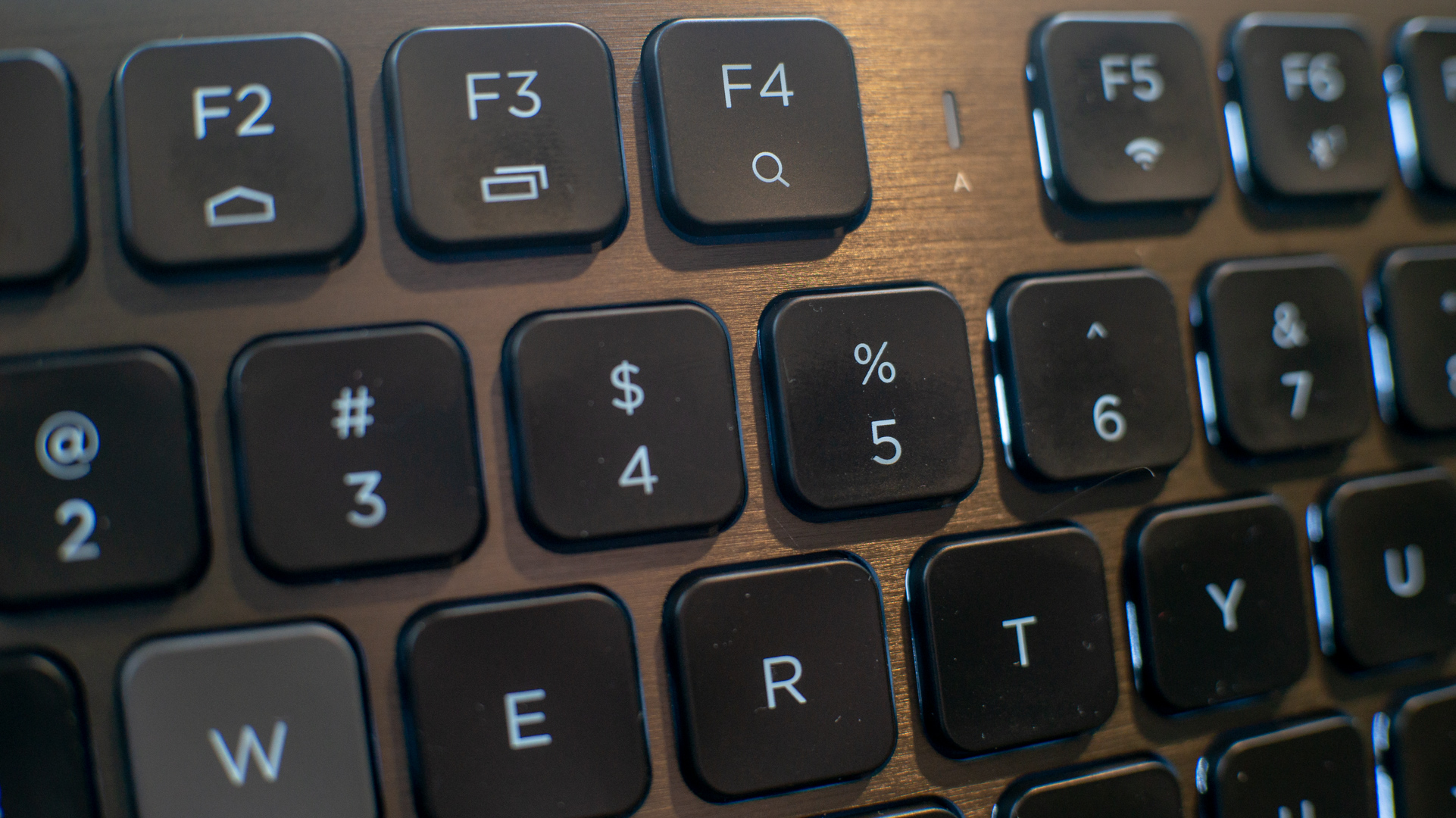
Thanks to the build and the quick responsiveness, we enjoy the typing experience immensely on the K83 Wireless. Having the trackpad readily available is also a boon. Though the small arrow keys are annoying, the analog stick can actually double as directional inputs, which is helpful for navigating text documents and menu pages alike.
One thing the analog stick can’t do well though is gaming. Jumping into a first-person game, we find the analog stick way too touchy to do anything but clunky turning. So, despite concessions made for gaming in response time and specialized inputs, a gaming keyboard this is not.
That doesn’t prevent it from being a well thought out wireless peripheral, though. With up to 40 hours life from the rechargeable battery with backlighting turned off, it can power through a work week. And, even if you have the backlighting turned on, the keyboard will quickly enter an idle state to conserve power when not in use.
Corsair’s iCUE customization software, despite being a little tricky to navigate, even let us improve some things. By turning down the analog stick dead zone and lowering the sensitivity, we made it a little more useable. We also were able to set up a macro to turn our rarely-used tilde key into our oft-used Delete key. The macro didn’t carry over to Bluetooth mode, sadly.
Beyond altering what keys do, adjusting sensitivities, and changing auto shut-off timers, though, the software doesn’t offer many ways to tweak the K83.

Verdict
The Corsair K83 Wireless poses as an entertainment keyboard that can fill in for some light gaming. While it can certainly post up in a living room to help you navigate a media center (assuming it’s a supported platform), we don’t feel it has that much to offer for gaming.
That said, it has a lot of offer as an on-the-go keyboard. With such a good typing experience, multiple connectivity options, it’s a highly adaptable keyboard.
So, if you just want something to navigate the menus of your smart TV, the K83 is up to the task. But, it’s perhaps too pricey for such a simple task. However, if you want to add it to your media center, bring it to the office, or pack it into your backpack, it can easily keep up with these multiple tasks and justify its price.
Image Credits: TechRadar
Over the last several years, Mark has been tasked as a writer, an editor, and a manager, interacting with published content from all angles. He is intimately familiar with the editorial process from the inception of an article idea, through the iterative process, past publishing, and down the road into performance analysis.

